TL-PET-0209
2 month agoIntroduction
Polyethylene terephthalate (PET) antistatic film has become a cornerstone in both the electronics manufacturing sector and electronic packaging due to its unique properties. This article delves into the characteristics of PET antistatic film, its role in capacitor production, and its applications in safeguarding electronic components from electrostatic discharge (ESD).
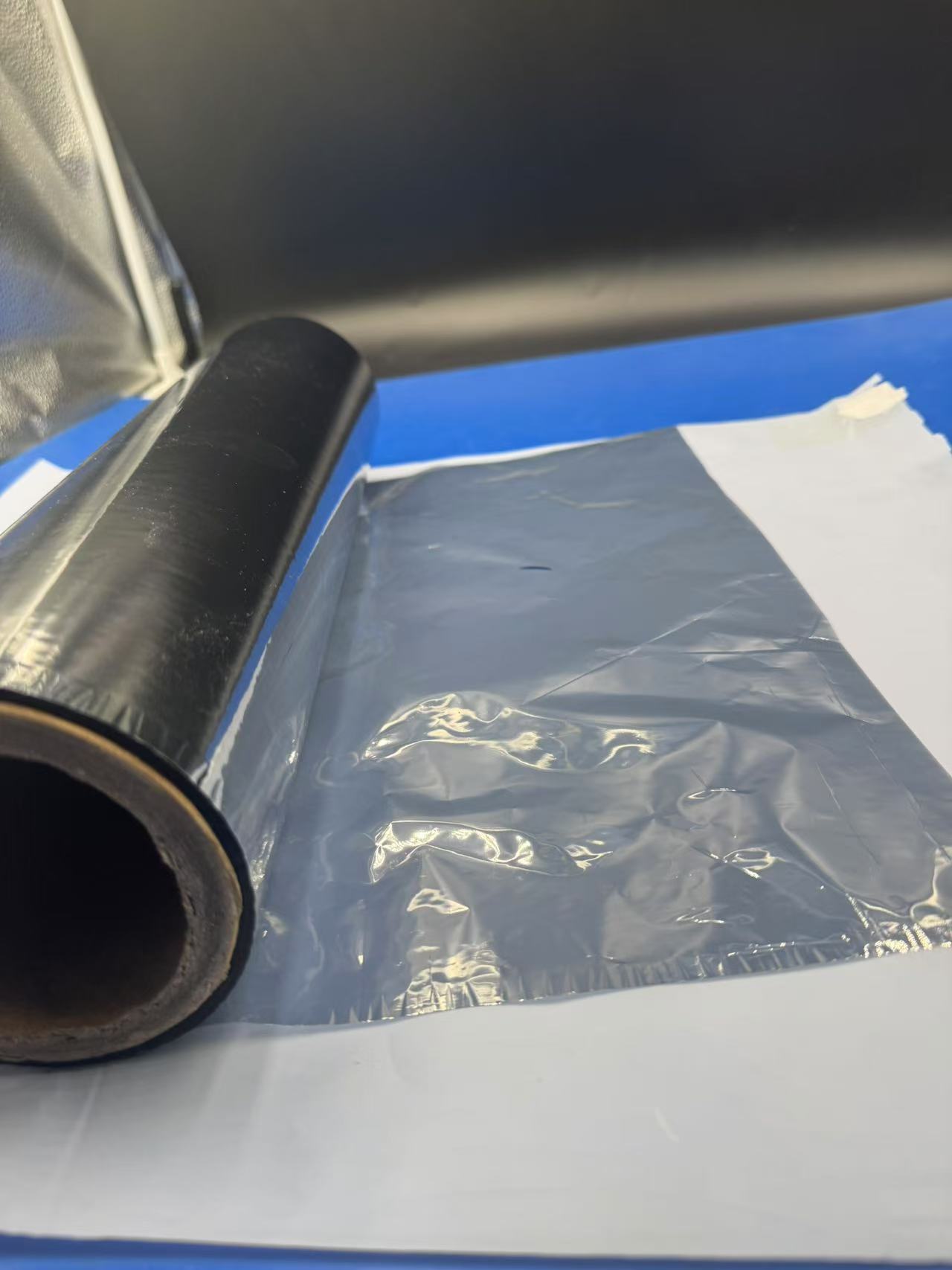
Characteristics of PET Antistatic Film
Chemical Composition and Structure: PET is a thermoplastic polymer resin of the polyester family, renowned for its toughness and versatility. When modified to be antistatic, PET films incorporate specific additives or coatings to control static electricity. These can include:
-
Antistatic Agents: These are compounds that reduce surface resistivity, allowing static charges to dissipate safely. Common agents include quaternary ammonium salts or glycerol esters.
-
Conductive Layers: Some PET films have thin metallic or carbon-based layers that enhance conductivity, further aiding in static dissipation.
Physical Properties:
Electrical Properties:
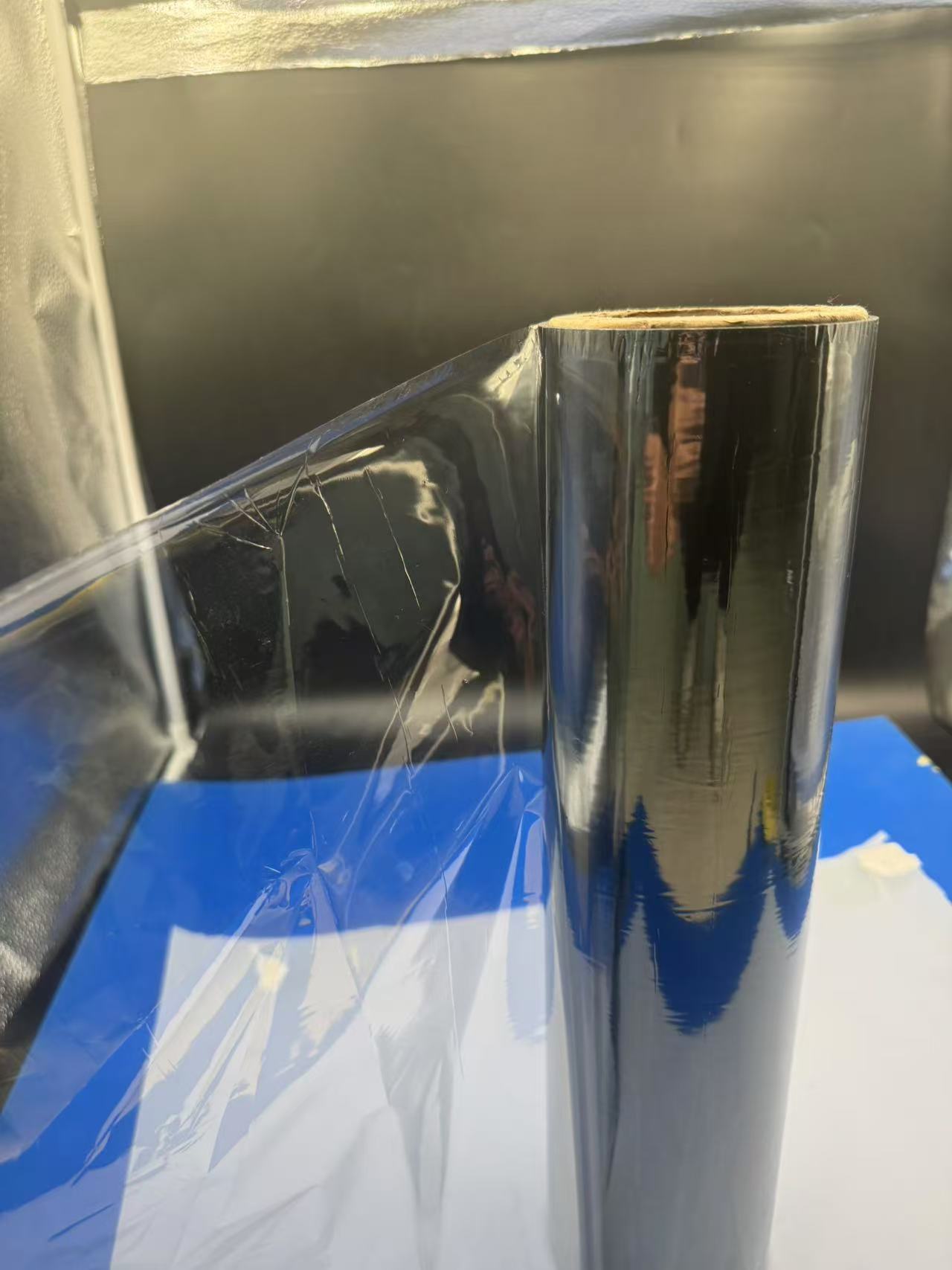
-
Surface Resistivity: Antistatic PET films have controlled surface resistivity, usually between 10^6 - 10^9 ohms per square, which prevents static build-up while not allowing enough conductivity to short-circuit sensitive electronics.
-
Dissipation Factor: Low, ensuring minimal energy loss when used in capacitors.
Manufacturing Process:
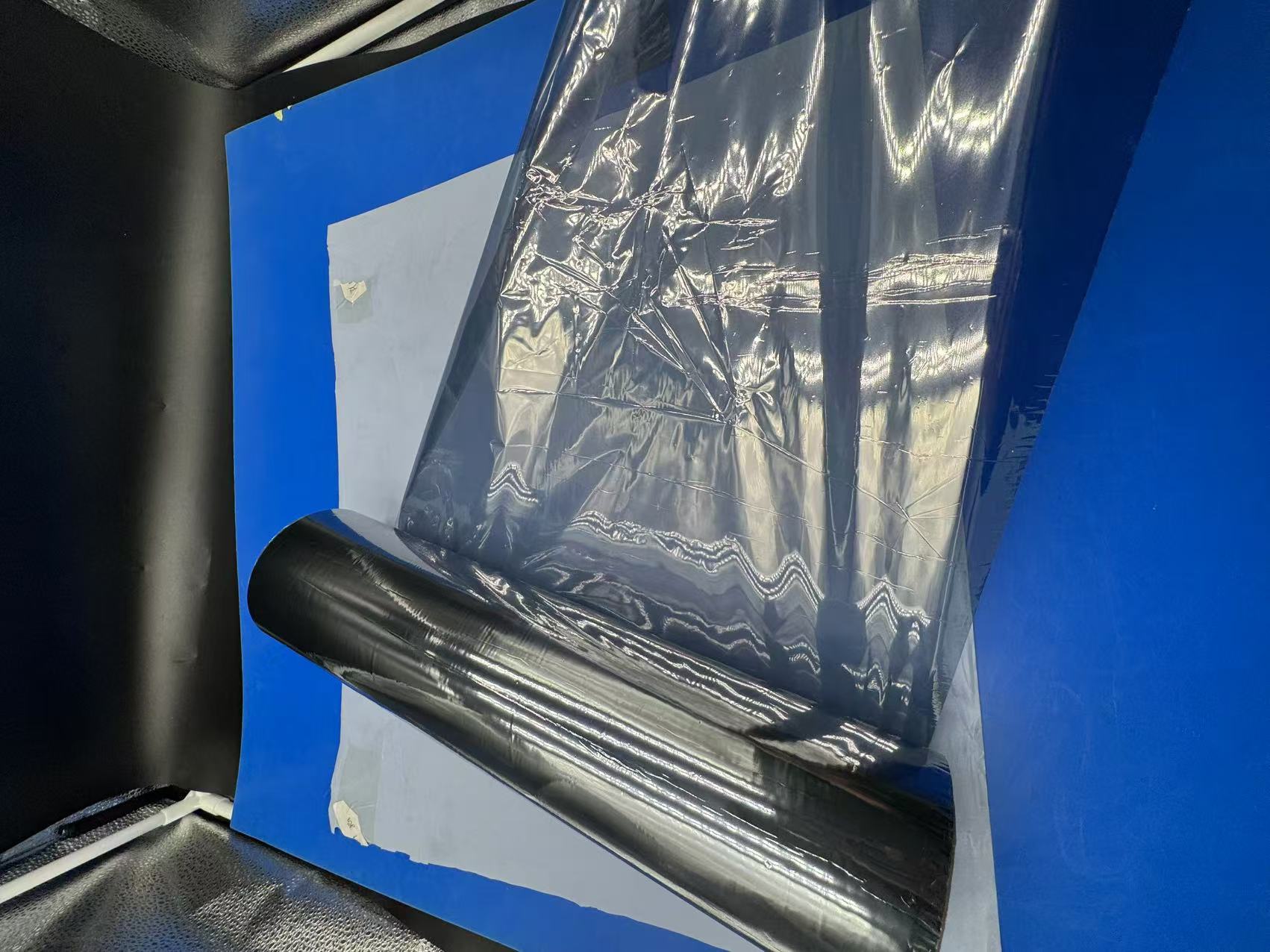
-
Metallization: PET films are often metallized with aluminum or zinc to form one of the capacitor's electrodes. The antistatic property ensures that any static during the process does not damage the delicate metal layers.
-
Winding: These films are used in both wound and stacked capacitor configurations, where their antistatic nature reduces the risk of ESD during winding.
Use in Electronic Packaging
Protective Packaging:
Packaging for Transport:
-
Durability: The physical durability of PET ensures that electronic goods remain protected from physical damage during transit.
-
Customization: The film's properties allow for printing, enabling branding or instructional graphics on packaging, which can be vital for consumer electronics.
Case Studies and Applications
Future Trends
The demand for PET antistatic film is expected to grow with the expansion of the electronics market:
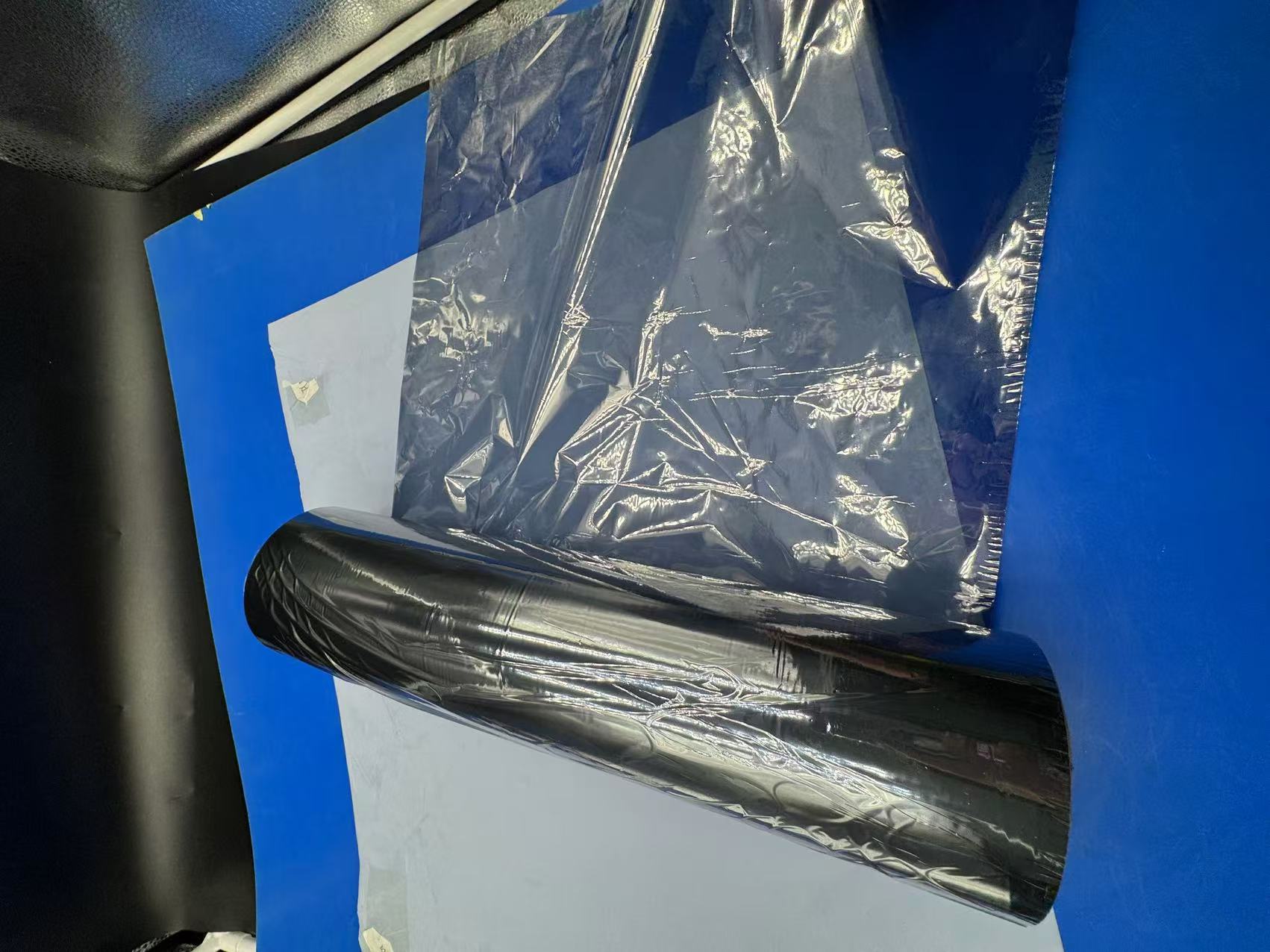
-
Sustainability: There's an increasing trend towards biodegradable additives in PET to make the films eco-friendlier.
-
Enhanced Functionality: Research continues into films with improved antistatic properties at thinner profiles, which could revolutionize miniaturization in electronics.
-
Multi-functional Films: Combining antistatic with other properties like UV protection or increased tensile strength might become standard to meet diverse industry needs.
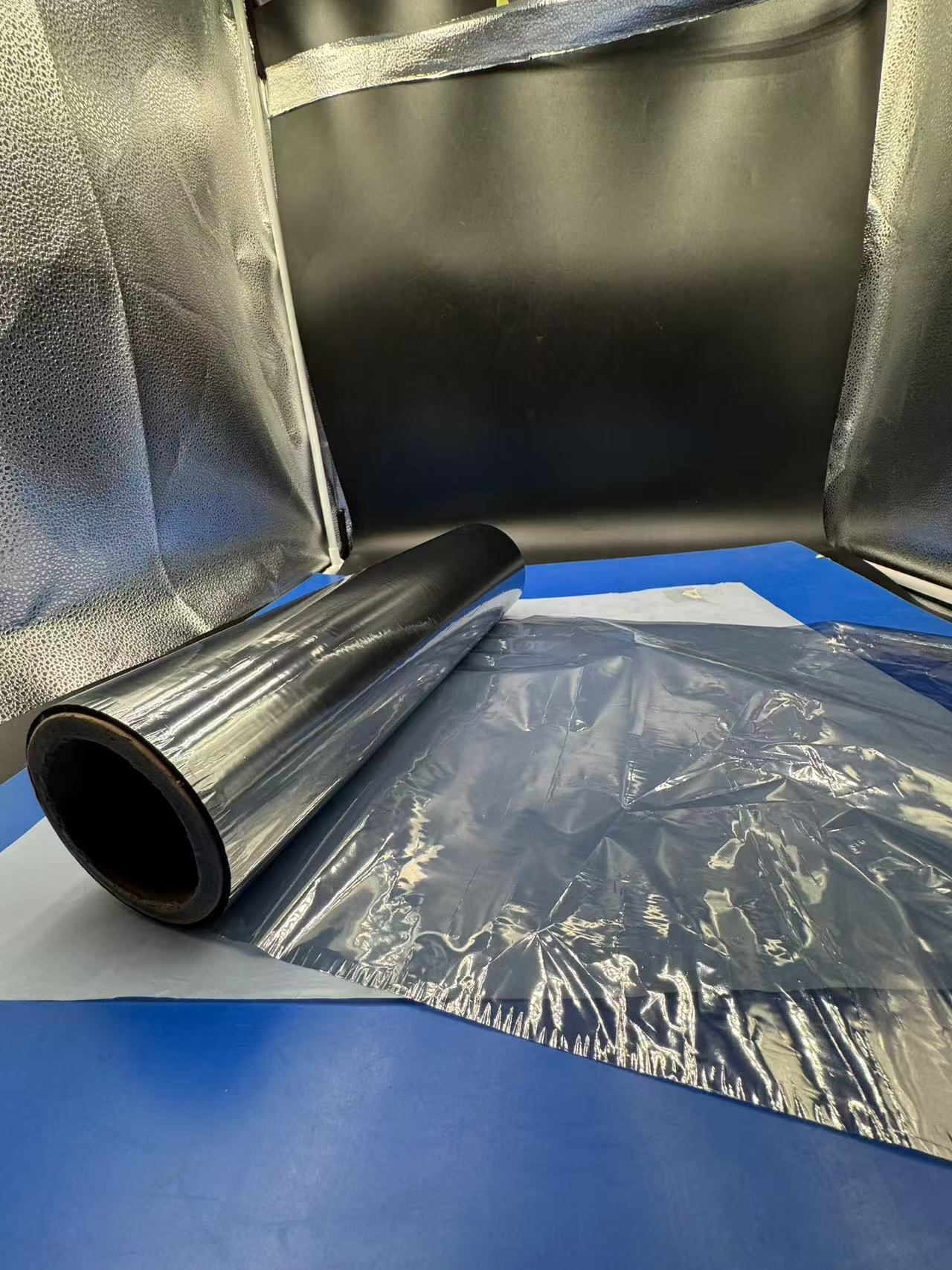
Conclusion
PET antistatic film plays a pivotal role in both capacitor manufacturing and electronic packaging. Its unique blend of mechanical, thermal, and electrical properties makes it indispensable in environments where static electricity could spell disaster for sensitive electronics. As technology evolves, so too will the applications and enhancements of PET antistatic films, continuing to support the ever-growing, ever-demanding world of electronics.
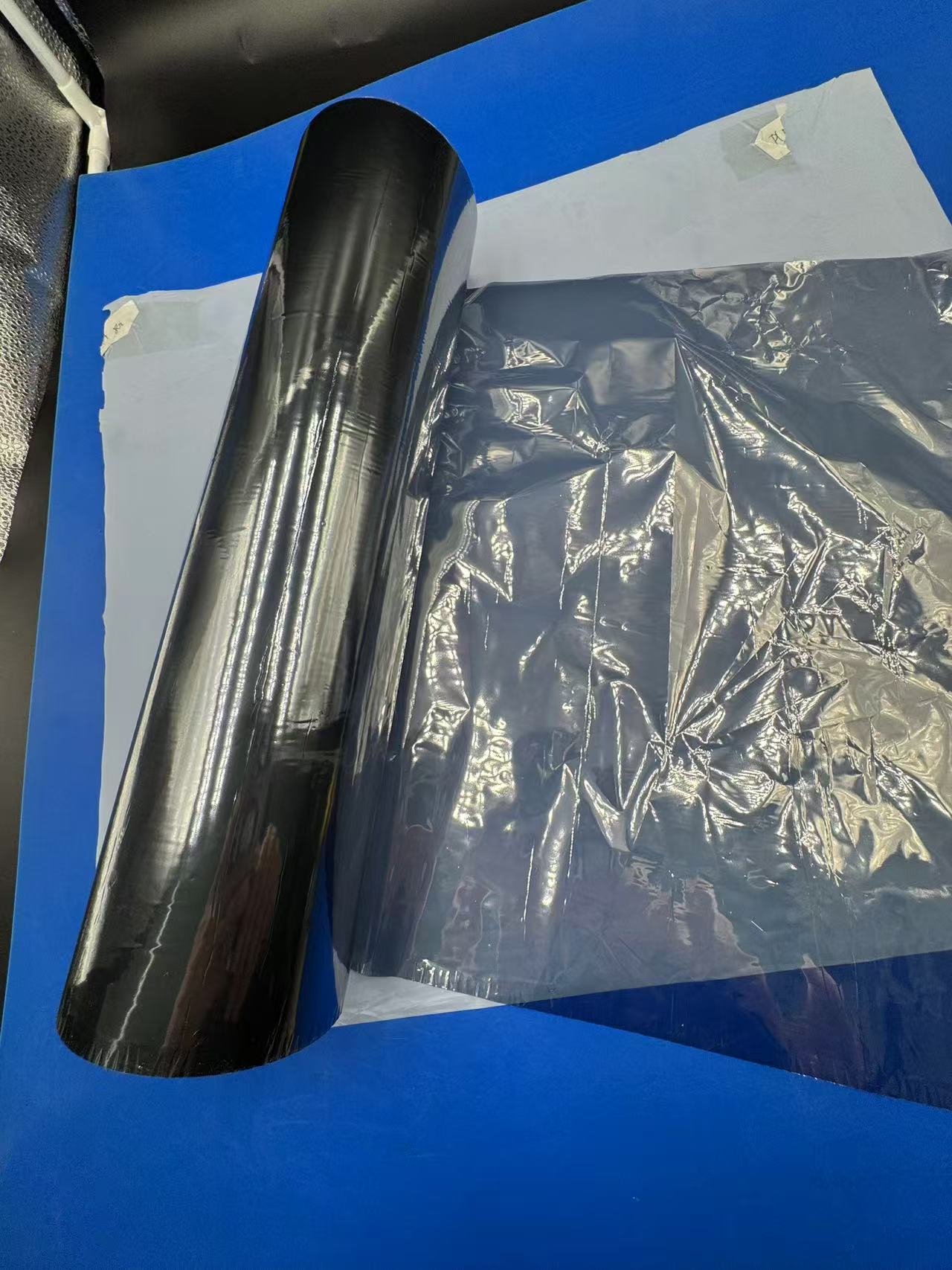
Similar Video Recommendation
You May Also Like
If you are interested in the product, contact Bossgoovideo.com for more information
- *To:
- Shandong Top Leader Plastic Packing CO., LTD
- *Message:
-
Submit
Main Product:
PVC Rigid Film,
PET PETG Rigid Film ,
HIPS Film,
PC Film,
PP Film,
Other plastic packaging products
You May Also Like


















